Syn.: Balsamorhiza helianthoides (Nutt.) Nutt., Buphthalmum sagittatum Pursh, Espeletia helianthoides Nutt., Espeletia sagittata (Pursh) Nutt.
Family: Asteraceae Bercht. et J. Presl
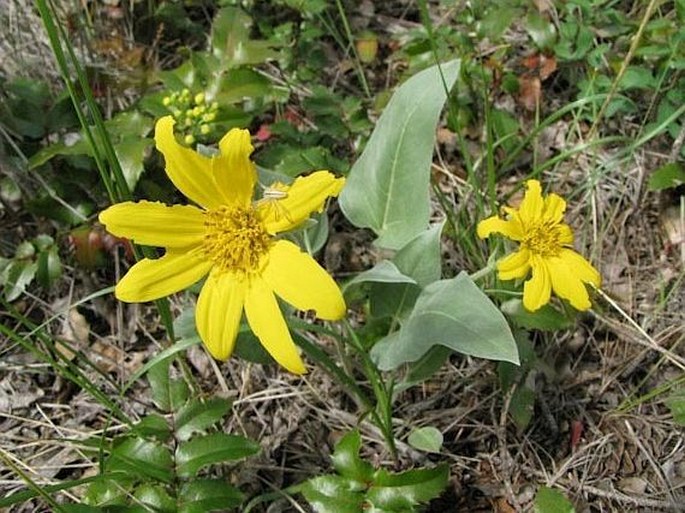
Distribution: In Canada in British Columbia and southwest of Alberta; In US, most western states from Washington eastward to Dakotas and southward to California and Arizona.
Ecology: Grows in clearings of the woods, steep slopes, meadows, sagebrush scrub and conifer forests usually from 900–2500 and even 3000 m elevation. Blooms usually from May to July.
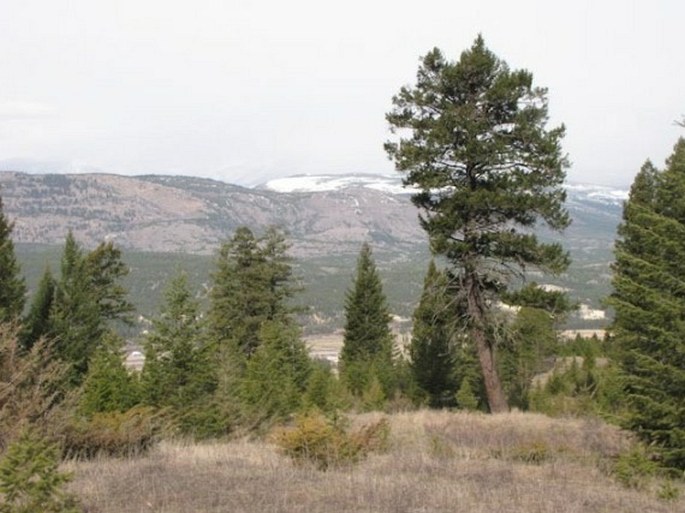
Description: Perennial herb. Stems 30–75 cm tall, robust, spindle-like taproot over 5 cm thick, exuding a sticky substance (balsam) with turpentine odour. Basal leaves are triangular to arrow-shaped, 10–30 cm long, 3–15 cm wide, long stalked, margins smooth, upper surface green and slightly hairy, underside silvery grey, woolly hairs; stem leaves alternate reduced in size upward. Flower heads are borne singly on long stalks; heads are 5–12 cm across; bracts are lance-shaped, covered with white, woolly hairs, borne in 2–4 rows; ray florets bright yellow, 2–4 cm long; disc florets light yellow, numerous. Fruit is an achene, 7–8 mm long with no pappus.
Notes: Balsam root refers to the substance exuded from the roots. One of the showiest flowers of Canadian southern Rockies.
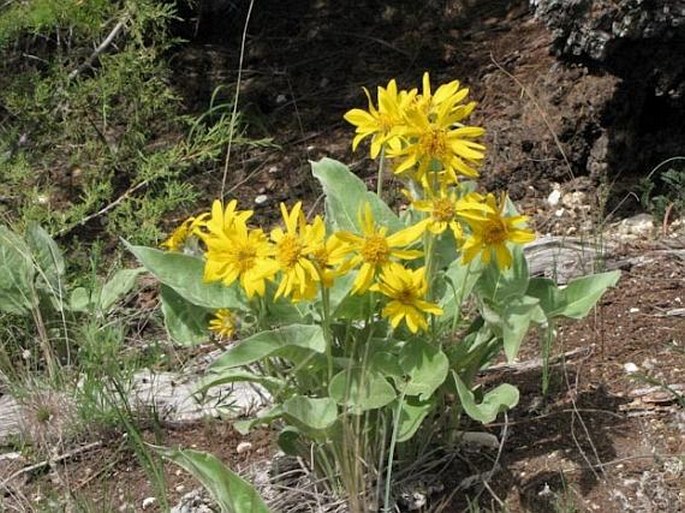
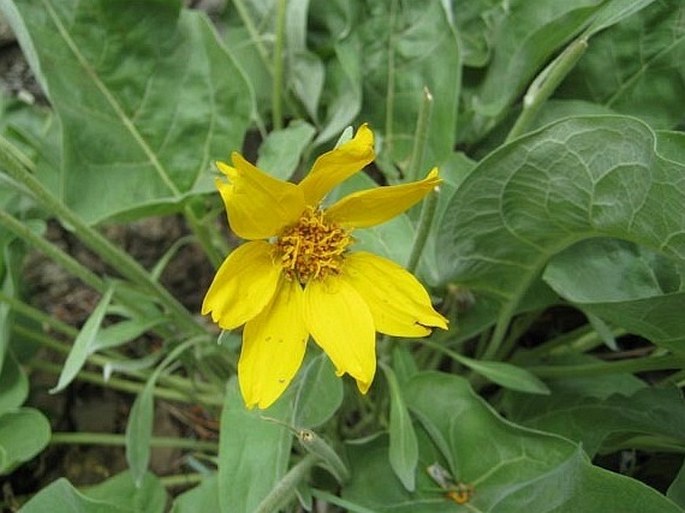
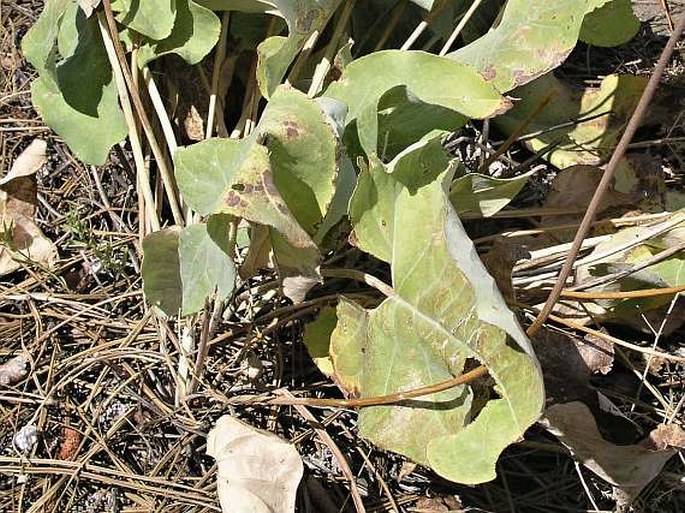
These images were taken by Karel Bergmann in Canada, British Columbia, Fairmont Hot Springs (May 2012) and by Vít Grulich in British Columbia, Lytton, banks of Thompson river (July 15, 2007).


